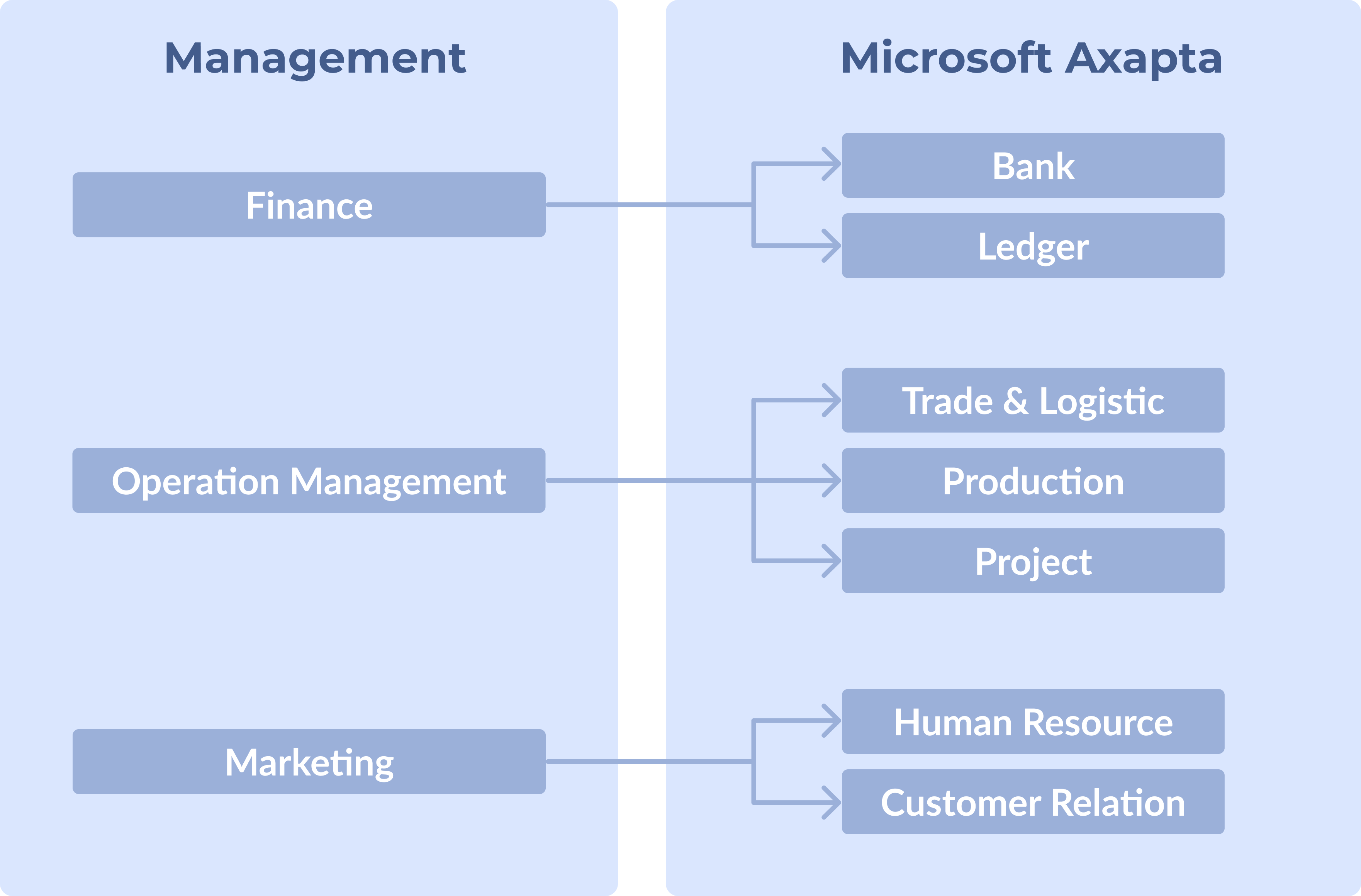Lösungen zur Geschäftsoptimierung
Management Understanding
Management as a knowledge area exists since the time, when people started to produce goods and services. However, it has been combined together with science only since Frederick Taylor’s concept of scientific management.
Major ideas by Taylor include:
- Develop a scientific approach for each element of a person’s job.
- Scientifically select, train, teach, and develop workers.
- Encourage cooperation between workers and managers so that each job can be accomplished in a standard, scientifically determined way.
- Divide work and responsibility between management and workers according to who is better suited to each task.
A lot of economical publications have been created since that time, and these works significantly affected onto our current understanding of management.
These ideas contain conveyer and charts to reflect real and budget activities, economical order size, statistical methods of quality control, linear programming, modeling of manufacturing, theory of queues, networking project planning methods, material requirements planning (MRP), manufacturing resource planning (MRP II), manufacturing theory as a competitive activity, just-in-time (JIT) planning, total quality management (TQS), computer-aided manufacturing, synchronous production, renovation of production process, supplier chain management (SCM), etc.
Management and Dynamics AX
As other ERP-systems, Microsoft Dynamics AX (Axapta) product appears to be the top of management achievements from the view of economic science and allows using the latest scientific concepts.
Relations between Management as a science and Dynamics AX (Axapta) model are shown in Figure 1.

Figure 1: Relations between Management and Dynamics AX (Axapta)
Dynamics AX Evolution Trends
In our opinion, major evolution trends of Microsoft Dynamics AX (Axapta) during these years can be defined as follows:
- Technical improvement – migration from structured Concorde programming to object-oriented X++ programming, web support, and .NET-technology (in future).
- Development of vertical solutions by local partners that tailor standard Dynamics AX (Axapta) business processes to customer’s needs in various countries or application branches.
- There is almost no change in scientific oriented features and, as to Microsoft product plans, they are not to appear in the next Dynamics AX (Axapta) versions.
- All calculations in Dynamics AX (Axapta), e.g. production / planning / forecasting, are based exclusively on arithmetic operations, not taking into consideration various mathematical optimization methods and their economical applications.
Solution Vision
Therefore, we see a big prospect in development of scientific oriented Dynamics AX (Axapta) solutions.
On the application level, they are understandable to customers without special mathematical knowledge. There are some other non Dynamics AX (Axapta) tools offering similar features, but our solutions are based strongly on large data volume already existing in customer’s Dynamics AX (Axapta) database, and therefore provide deep integration into the standard product. Calculation results are accessible from Dynamics AX (Axapta) itself.
Scientific Approach
Considering this approach as well as various management aspects from the scientific view, we state that:
- Marketing as knowledge area is mainly based on external data.
- Financial management is based on Dynamics AX (Axapta) data, but amount of data needed is relatively small, so the customer has no problem to export these data from Dynamics AX (Axapta) and use any third-party tools available on the market for financial analysis.
Unlike marketing and financial management, Operations management and Operations research contain a certain amount of scientific knowledge that could be successfully applied to standard Dynamics AX (Axapta).
Solutions for Business Optimization
Our first ideas of Business Optimization Solutions, that are either already available as working prototypes or being under development, are:
- Business Forecasting – creation of Dynamics AX (Axapta) forecast models by applying various extrapolation models to the data of the past periods.
- Quality Management – unlike to available third-party Dynamics AX (Axapta) solutions, we implement statistical methods of controlling that allows forecasting the quality in production.
- Transportation Problem – the task of optimal geographic allocation of trade offices or warehouses allowing reducing transportation costs, solved by means of linear programming methods.
- Economical Value Added – a Cost Accounting add-on that implements a model of EVA and allows assessing the enterprise economical situation more precisely.